 The West Pier looking skeletal, the mist made everything look pretty incredible as well.
The West Pier looking skeletal, the mist made everything look pretty incredible as well.
Live-streaming: a quick how-I-did-it guide
Last week (30th September) I organised the first in what I hope will be a series of live-streams in my current role as Digital Manager at Directors UK. The event was a Q&A with George Miller following a screening of his latest film Mad Max: Fury Road (big, loud, stupid, fun) at BAFTA.
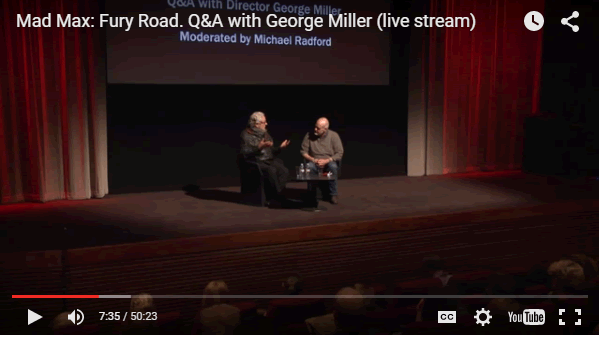
Now that Youtube’s live-streaming platform is (seemingly) properly established it is really, really straightforward (and free) to stream events like this. It was essentially a 1-camera, 2-speaker event (with a few audience questions at the end) which means that the technical demands were…minimal and as such feels like it could fairly easily be explained for anyone who is interested in this sort of thing.
I’m still of the opinion that live-streaming isn’t always necessarily the right choice when covering an event but for last night it seemed appropriate; it was a sold-out, members-only event for which there was huge demand, it was not going to be repeated and it allowed members who were unable to make the screening (the membership is spread across the country and globe) to enjoy the Q&A with a hugely experienced and respected director.
Technically the setup was as follows:
- The visuals were provided by a Sony EX-1 camera locked off on a wide shot
- Both speakers were mic-ed up with wireless lapel mics that were going into the BAFTA front-of-house PA. There were also a couple of hand-held wireless mics that we used for audience questions, these were also going into the PA.
- We then took an audio feed from the desk and ran that into the camera.
- The combined audio/video feed was then run via the SDI (BNC) output of the camera into our Black Magic Ultrastudio 4k which was hooked into the company’s Macbook via thunderbolt.
- We were running the basic version of Wirecast which took the AV feed from the Ultrastudio and streamed it to our Youtube channel
Oh and we were using a dedicated, wired, highspeed internet connection at BAFTA.
This isn’t always the way I’d set things up but as it was the first time we’d done anything like this I wanted to have the backup of everything being recorded on the camera in case the laptop blew up or whatever.
In the future we’ll probably experiment with making the setup more sophisticated. We were just running the raw feed from the 1 camera, no titles or anything this time around but this has shown that achieving a relatively watchable feed from an event like this isn’t overly expensive or difficult (in fact we were probably hugely over-specced for this particular job). We owned all of the equipment apart from the camera and the mics (camera was hired, mics were a combination of hire and BAFTA’s). The Ultrastudio is probably the biggest piece of overkill for this particular job, Black Magic (and many other manufacturers) do lots of cheaper, simpler pieces of kit that’ll enable you to do the same thing.
Anyway, hope this was of some use, I wrote it mainly because there was a total dearth of first-person accounts from people who have done this sort of thing. If you’ve got any questions…ask!
I think this sort of setup (or something slightly simpler) could be entirely appropriate for lots (most?) Q&A/discussion-y type events and, as I have said above, is cheap (ish) and easy to do.
Further, final thoughts: I wrote a bit of a doubting piece about live-streaming last Spring (you can read it here), however I think what I didn’t do particularly well in that piece was differentiate between live-streaming performance and live-streaming far “simpler” events (such as the one I’ve described above). Also (fortunately for the coherence of my argument) I think that this particular event does tick a lot of the boxes I’d raised when questioning the need for live-streaming (around “must-see”-ness) – we were also tweeting from the event, and some of the issues around cost and expertise that I raised in 2014 are now either no longer relevant or easy for others to look after in the line of what they were doing anyway for this event (lighting, sound etc).
There are definitely things we can look at exploring around how we bring the online audience more “into the room” so it isn’t just a broadcast (how might we incorporate any discussions that may develop on social media etc as a result of the live-stream).
Switzerland

Sussex cycling
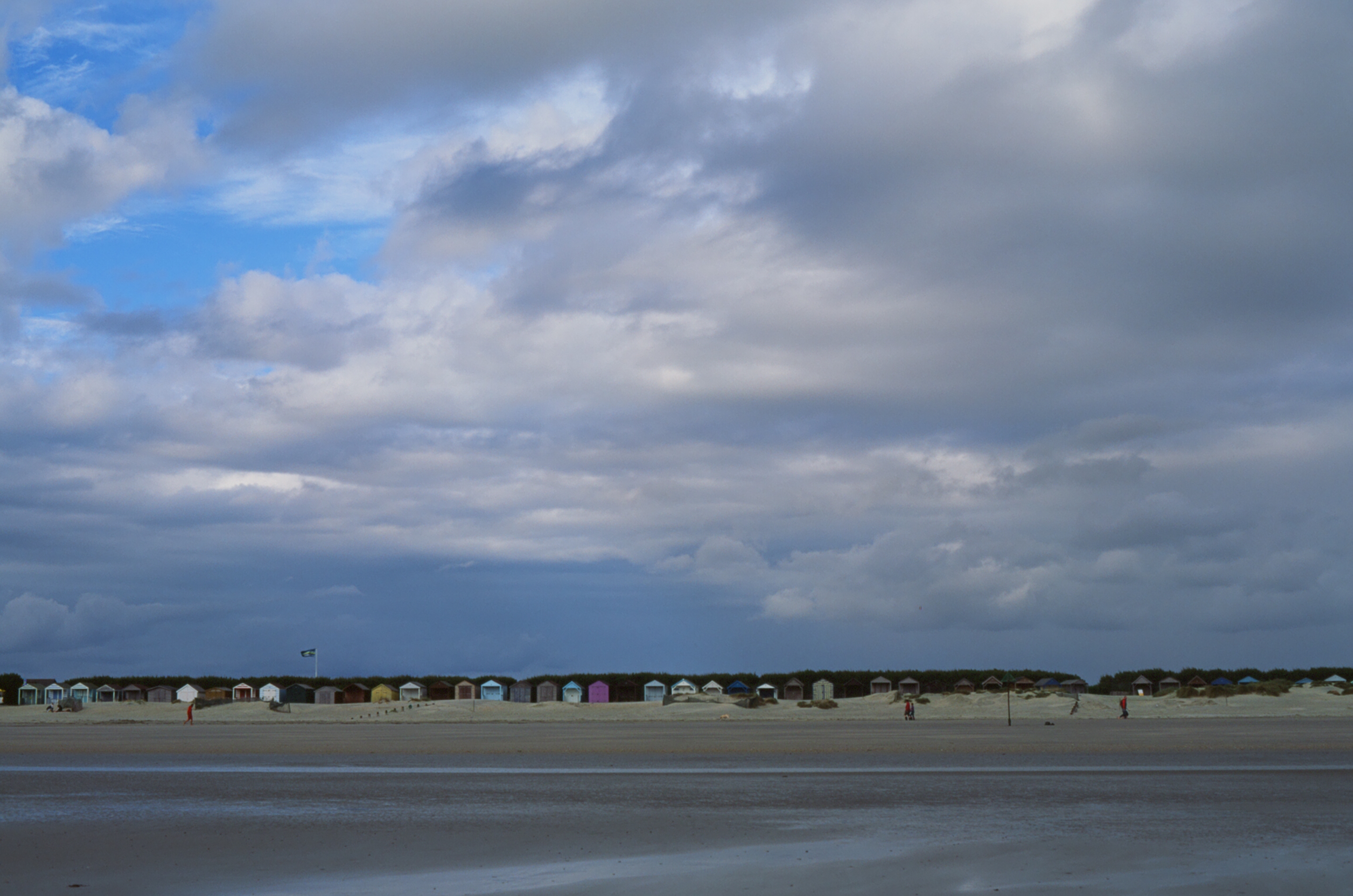
Cycled across Wales

In August I cycled across Wales, it rained for almost every single second we were there and I got really ill. It was a strange mix of enjoyment and utter misery.
Wales is really hilly.
New websites
Today Directors UK launched their new site. This project has taken up a good portion of my working life over the past 10 months.
It seems to be the first thing that most digital managers attempt to convince everyone is needed when they start at a new organisation but at Directors UK a new site was well overdue and I didn’t have to do too much convincing in order to get the wheels in motion.
This was by no means the first (or hopefully last) new website project that I’ve lead but Directors UK, being a membership organisation, presented a set of requirements that I hadn’t had to deal with directly before. Luckily we enlisted the lovely, very talented (and very bearded) folk at Substrakt as our web agency for the project, a good agency can make or break a complex project like this where you are dealing with numerous existing IT systems, an extremely diverse array of stakeholders and a typical primary user who is very visually literate. Demanding would be an accurate description.
At its best a project like this can help an organisation really interrogate and analyse its purpose and whether things are working as well as they should. It offers space to take a step back and reflect on things, which is always a valuable exercise (incidentally if you want to just undergo this part of the process then I’d thoroughly recommend Chris Unitt who helped us out by running a couple of workshops in which we took a fresh look at our user groups, stakeholders and, as a result, the actual requirements we should have of the website).
Directors UK has, as an organisation, grown considerably in both size and complexity since the old site was developed in 2011. The new site (hopefully!) supports the organisations current needs and ambitions and will also provide a suitably robust platform for them over the next few years.
I always forget just how much blood, sweat and tears are required for a successful relaunch and I’m really proud of the work that we have done on this. Special thanks are due to all the boys at Substrakt (in particular; Max, Mark, Andy and Jim) and my colleague Marc at Directors UK, it quite literally wouldn’t have happened without them.
I’ll do a bit more of a considered reflection on all this once things have bedded in.
Onwards!
Oslo photos
I went to Oslo for about the 7th time recently, took some photos:


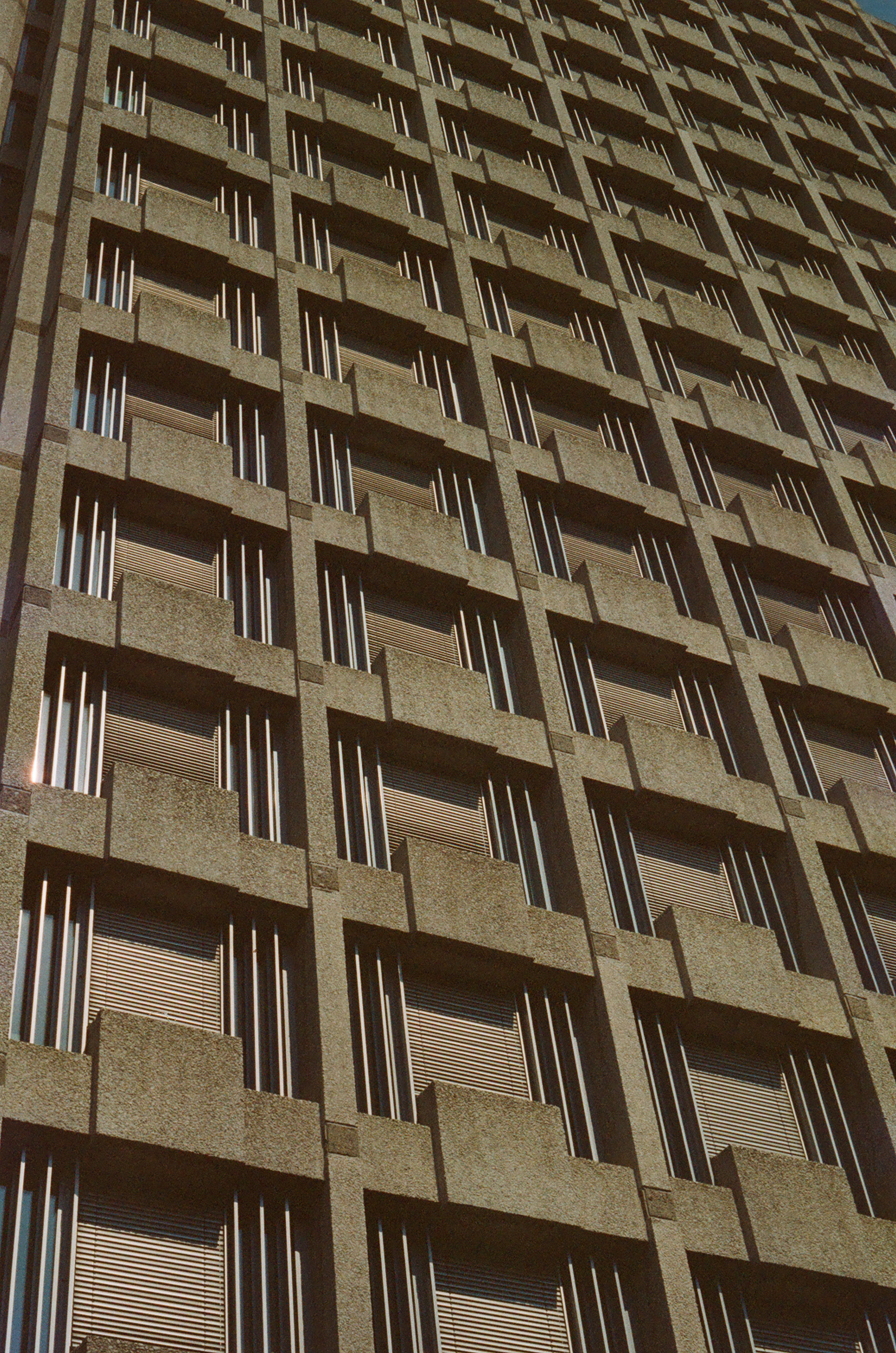
Cycling 100 miles

So that we didn’t feel totally unprepared for the all-of-Wales ride we’re doing in a couple of weeks, the bloke I’m doing that ride with and I decided to get at least 100 miles in the legs with a trip down to Hastings and along the south coast. The weather couldn’t have been better (comedy tanlines all-round) and noone had too horrible-a-time (nothing that couldn’t be fixed with a fistful of jelly babies or a snickers).
The route was absolutely great, bodged together from a few club routes I’d seen and general avoid-all-the-big-roads sensibilities, totally recommended if you’re heading down that way. You’ll want to work out a different way through Hastings as we ended up carrying our bikes up what the map insisted was a cycle path but what was, in reality, about 200 steps…
Cycling across Wales – the plan
Ever since I did John O’Groats to Land’s End I’ve been on the lookout for other long-distance UK rides to do. My favourite part of “JOGLE” was the first section through the Scottish highlands, the scenery was absolutely incredible but what I really enjoyed was the almost total isolation, you could cycle all day and see about 10 other people, it was glorious. Unfortunately the fact is the UK is a relatively small place and that isolation has proven a bit hard to find.
HOWEVER I then stumbled across a blog that mentioned the Lôn Las Cymru (or to give it its slightly more boring official name National Cycle Route 8). This is a 250(ish) mile route from Holyhead to Chepstow (or Cardiff) that basically smashes across the middle of Wales, which is a very empty, mountainous place by all accounts. So, using that existing route as a basis, I plotted a slightly more rural, slightly longer version (which clocks in at about 280 miles) and in a couple of weeks a friend and I will be getting on a train to Holyhead so that we can spend 3 days cycling to Bristol in what will, at least in parts, hopefully be something approaching glorious isolation.
Photos/too many stats/etc to follow. Route(s) below
Day 1:
Day 2:
Day 3:
And then, this http://www.northcoast500.com/home.aspx
Directors + Twitter
I gave a little talk over lunch at the Directors’ Festival on Saturday about the merits of Twitter. It mainly involved me waving my arms around and rambling quite a lot but people seemed to enjoy it.
Old rolls
I got a couple of old rolls of film developed last week, included a few shots I took in the Peak District last winter…
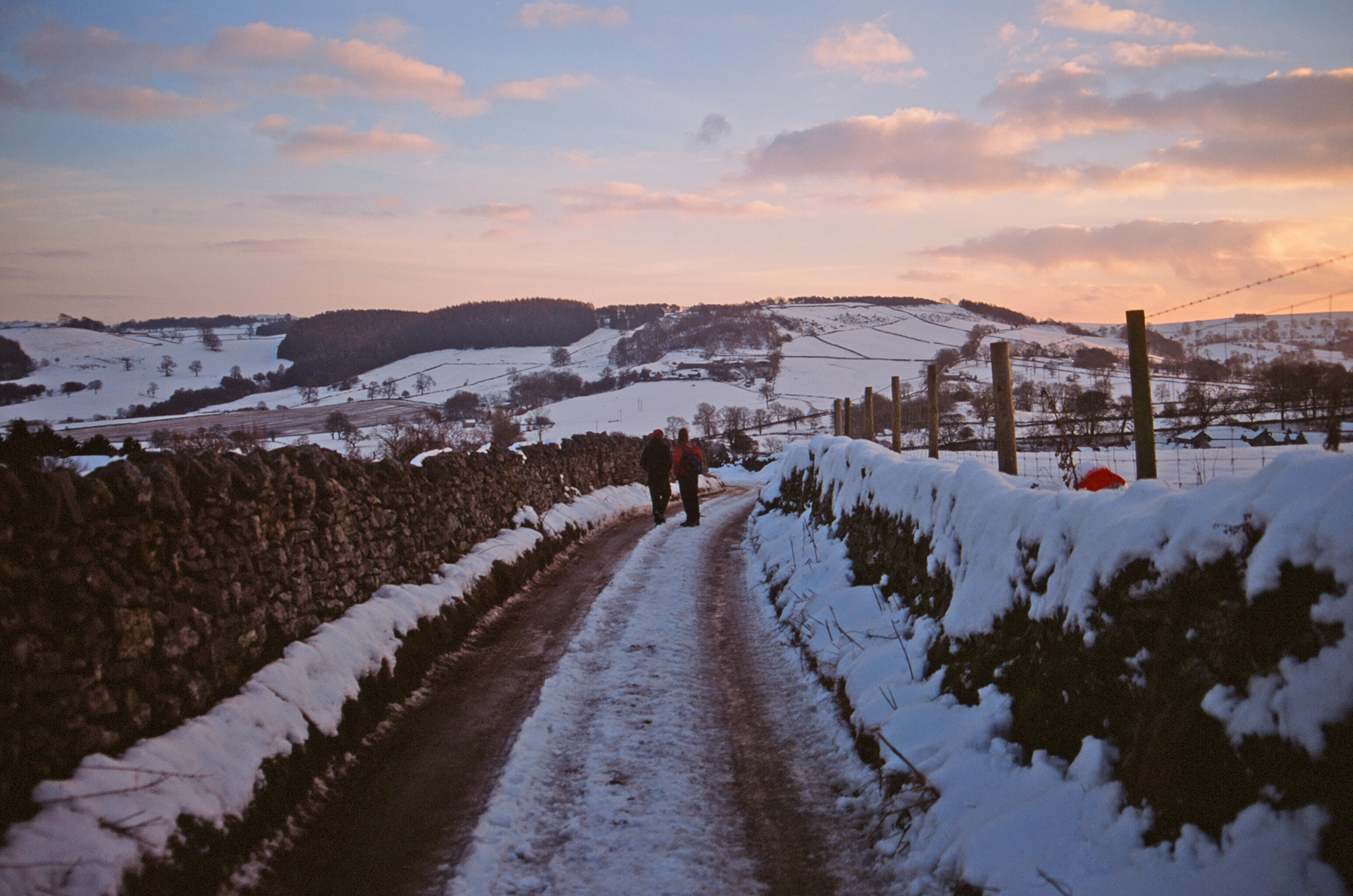
Hanging out at Derek Jarman’s and the nuclear power station
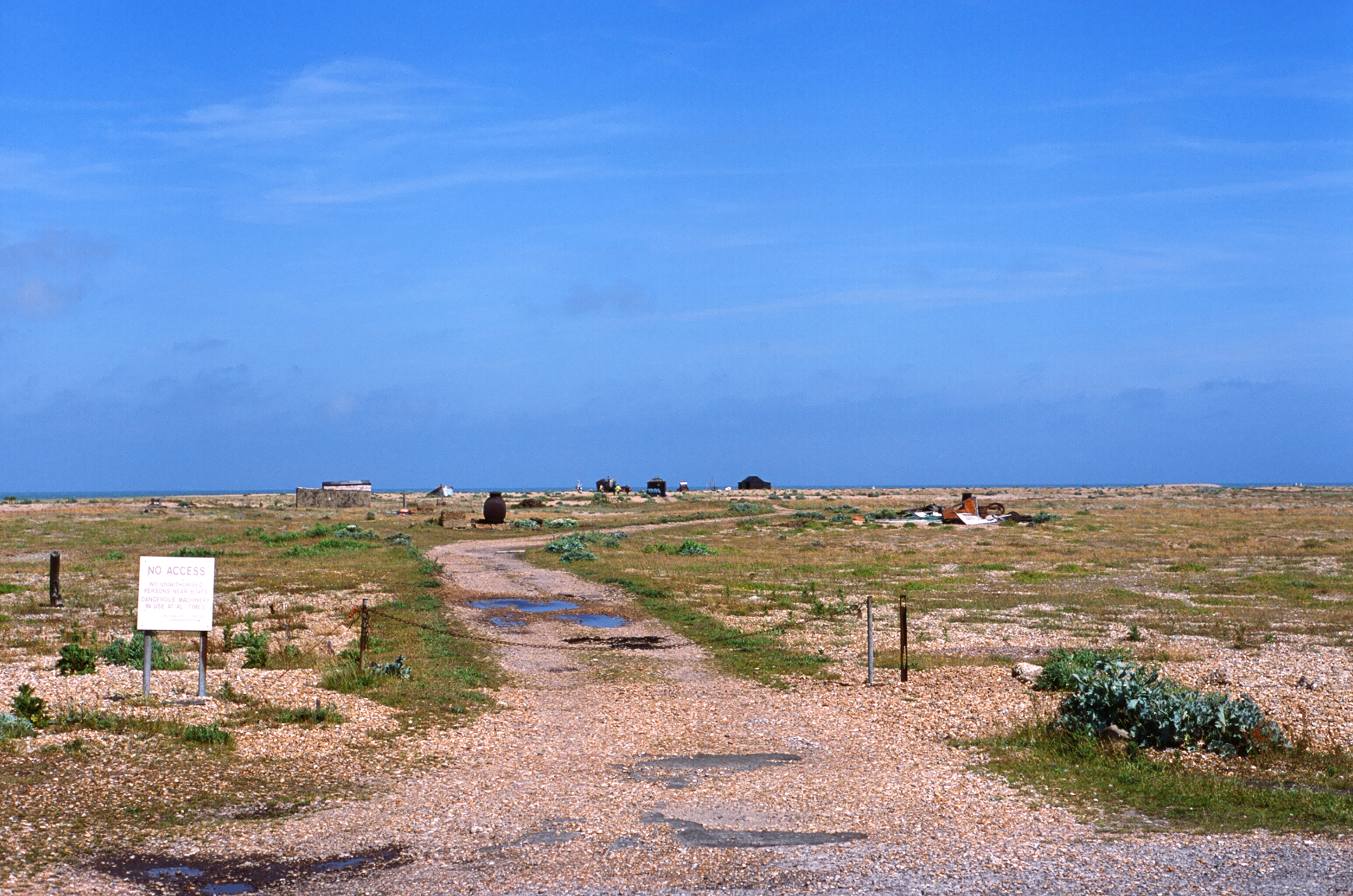
Yesterday I fulfilled a long-held ambition to go and check out the weirdness that is Dungeness – 2 lighthouses, Derek Jarman’s house, a nuclear power station and one of the strangest landscapes I’ve ever seen in this country.
I reckon by bike is pretty much the perfect way to do this, especially if you’re blessed with good weather like we were. The route is below
Music
I find writing and playing music incredibly relaxing, and sometimes this means I end up writing what could loosely be considered “songs” and then I put some of these things here https://soundcloud.com/grishkn
Cine Lumiere
London is bloody full of cinemas and some of them are brilliant. I went here a few weeks ago and it’s one of the brilliant ones, this is a recommendation.
Twitter, not all bad
Sometimes Twitter showcases the very worst of humanity, however sometimes it also gives you an insight into how lovely most people are. That happened twice for me this week, the first was the discovery of @BrianPilton, the Twitter account of a 75-year old grandfather living in Exeter. My cynical side hopes this isn’t a parody account, my nice side is glad to read about Brian’s life because he sounds like a lovely man and I love that he is apparently really getting something positive from being on Twitter, the internet at its best can eradicate physical constraints and open you up to a whole world of new people, ideas and whatnot and it seems that’s what Twitter is doing for Brian, as this tweet says:
@indiandeathlock Thank you I just like talking to people on here and it's a nice place to make friends I enjoy it Brian, Exeter
— Brian Pilton (@BrianPilton) March 6, 2015
The second time Twitter was good this week was after this fairly upsetting screengrab of some people being twats was shared, a load of (better) people decided to try and find the bloke in the photo and tell him that he is great, people are great, dancing is great and they want to invite him to a big dance party.

AND THEY DID: @Dancingmanfound
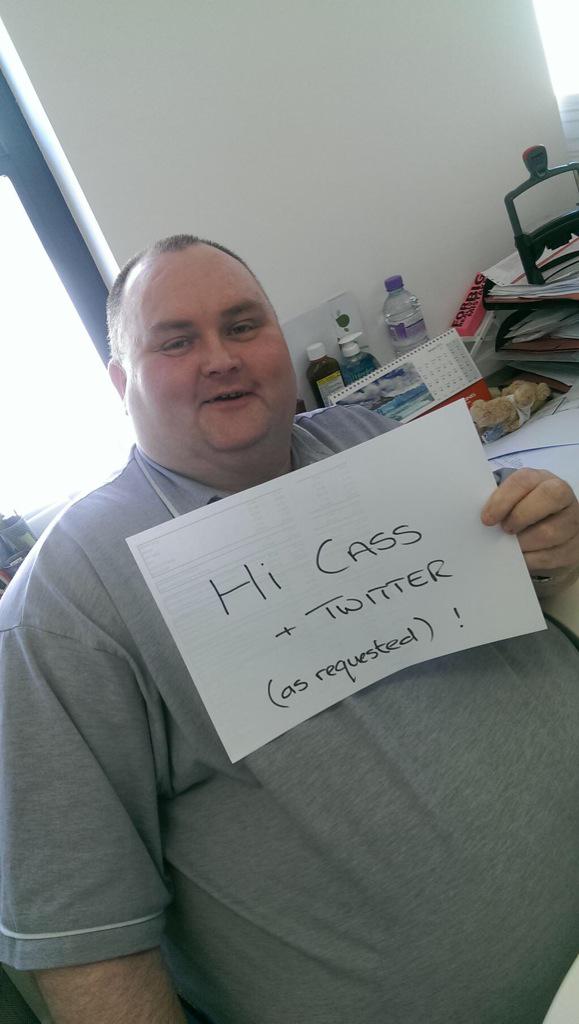
So, there you go; Twitter, not all bad
Writing thus doing
If I write these things down then there is a slightly increased chance they’ll actually happen, they’re less resolutions than vague aspirations for the year ahead:
- Read a book a week
- Get better (actually competent) at German
- Take more photos
- Do at least 1 marathon
- Do at least 1 decent (3+ day) bike ride
- Go up some mountains
- Go bouldering outdoors
There, fascinating as ever I’m sure you’ll all agree.
New year, new films
Birdman is completely excellent and extraordinary, Keaton is ace.
Also Whiplash is out soon, so you should all go see that, because it is excellent.
Television and Social Media
I went to a thing for work (Directors UK) organised by the Westminster Media Forum which discussed “TV and the second screen: social media, innovation and regulation“. It was the closest I feel I have ever come to what might be described as “lobbying”, which was a bit weird. I tweeted so much my phone died, I’ve embedded the Storify we did for work below which filters out (most of) the crap and focuses on the director-relevant stuff.
What struck me was how many of these lessons/observations could easily be applied to the arts sector in one way or another. Although obviously the sizes of audience being discussed here are beyond what most traditional arts organisations could expect to reach…
Anyway, enjoy.
Some films
Rare outbursts of enthusiasm for all of the following:
Leviathan
Whiplash
Interstellar
Nightcrawler
Berlin Marathon 2014
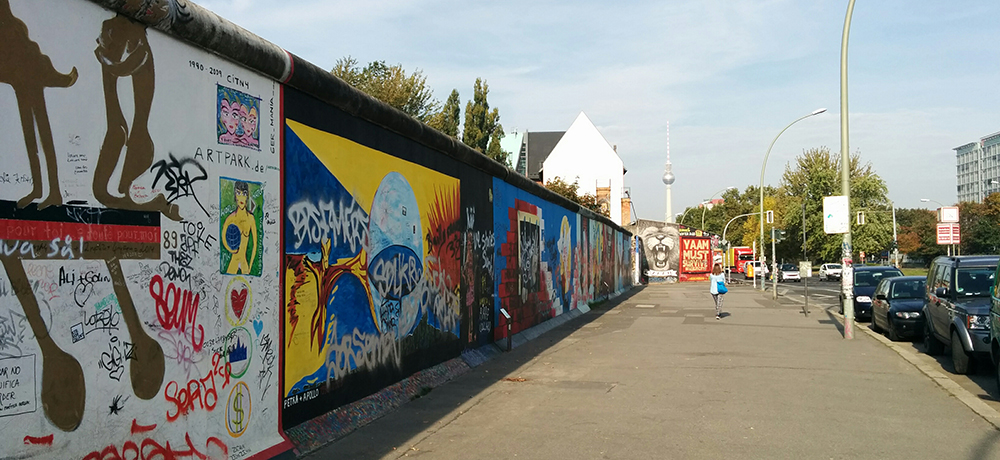
3:28:21
I made peace with the fact I definitely hadn’t done anywhere near enough training to try and run a pb (I’d probably managed 6 weeks, and no more than 3 runs a week at best – i.e. not much/enough). So I just took my time and enjoyed it. For the first time ever I didn’t have any “bad bits” and had a massive grin on my face for most of the course (as opposed the usual grimace).
If you’re thinking about doing a marathon I’d totally recommend Berlin, flat, really well-organised, great crowds. Plus Berlin is a really ace city.
Good fun.